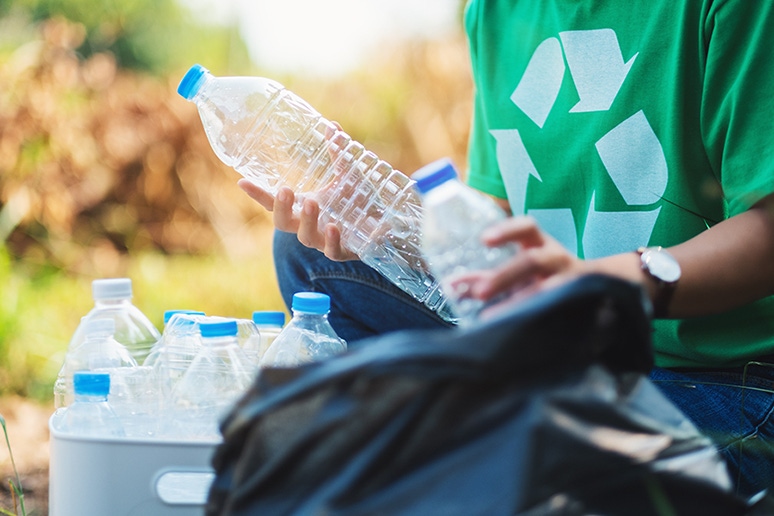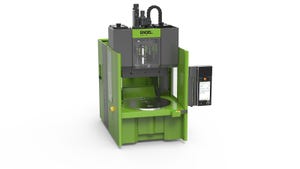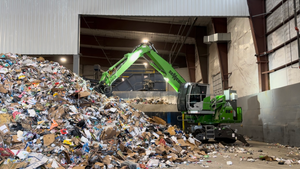The Future of Single-Use Packaging in a Post-Pandemic World
Now is the time to push ahead with solutions for a sustainable future for plastics.

Back in the summer of 2019, plastic packaging—particularly single use—was taking a beating and it looked like the future was bleak. Social media and viral videos made plastics the villain, singularly responsible for polluting the planet. Some plastics professionals were even pondering if they should jump to a different career path before it all came crashing down.
In a way, it was reminiscent of the era leading up to the Tylenol tampering in 1982, where the consumer battle cry of the time was “over packaging.�” For those of us who were around at the time, we know that a few months later, tamper-evident devices were mandated for over-the-counter pharmaceuticals. Many consumers did an about face and started complaining “why weren’t these devices on the packages to begin with?”
In the first quarter of this year we were thrust into a health crisis that the world has not experienced since the Spanish Flu pandemic of 100 years ago.
The COVID-19 pandemic impacted life for virtually every single human being on the planet. All of a sudden, we quickly needed soap, sanitizers, disinfecting wipes and sprays to combat the virus. There was a huge demand for these essential commodities and workers were called upon to support the manufacturing efforts of suppliers who were overwhelmed with a surge in demand.
Once again, we have seen a remarkable “opinion” turnaround. Even the most vocal anti-plastic critic was now relying on a soap or sanitizer pumped or poured from a plastic container. Grocery stores were telling customers their reusable bags were no longer welcome, and disposable gloves were flying off the shelves. Suddenly disposable was good; reusable was bad. The demand is expected to continue well into next year as the approaching winter will likely bring with it an upward flu spike and potential second wave of COVID-19.
However, this is not the time to do a victory lap. What we need to be doing with this lull in the plastics assault is push ahead with solutions for how to create a sustainable future. We have been presented with a unique opportunity (and the gift of time) to create solutions that impact the environment in a more positive fashion.
Multi-use containers are on-trend.
Firms are already looking for sustainable solutions which call for multiple-use containers. As the world pivots towards a circular economy, we should support efforts to innovate towards a solution where we can reduce waste and improve hygiene at the same time.
For example, single-use packaging can evolve towards lightweight cartridges used in conjunction with durable soap and sanitizer dispensers. The lighter package, which may not have ideal aesthetics, could be hidden inside a shroud or housing so that it is not visually jarring. The design of the dispenser itself can be optimized for minimal human contact, or even touchless, to help improve hygiene and sanitation.
COVID-19 has shown that demand for clean bottled water and healthy juices and beverages remain at an all-time high as stores limit the quantity that can be purchased by each customer. These have predominantly been single-use containers, but more brands are trying to push increased use of recycled content plastic to address consumer concerns. Also, there are different technologies being developed to use plastic recycled from non-mechanical processes, such as chemical recycling. The success of these efforts will have a huge bearing on use of single use plastics.
Juices and beverages will require additional shelf life attributes if these packages are further light weighted. There has been a push to develop technologies where use of barrier materials is in sync with approved recycling protocols and quality metrics. Many resin companies are working hard to find solutions to these problems.
What we have experienced is that every crisis creates a novel set of opportunities and we, as plastics professionals, need to capitalize on them. No other category of material has such a wide array of properties that can be customized to meet the needs of a global community. Our collective objective should be to proceed down this path with creativity and determination if we want to ensure that we don’t squander this opportunity.
Author: Sumit Mukherjee is the chief technology officer of PTI. He has 25 years of experience in package design, materials characterization, process simulation and modeling, and finite element analysis (FEA) for package performance prediction.
About PTI
PTI is recognized worldwide as a leading source for preform and package design, package development, rapid prototyping, pre-production prototyping, and material evaluation engineering for the plastic packaging industry. For more information: www.pti-usa.com.
Image: Farknot Architect/Adobe Stock
About the Author(s)
You May Also Like




